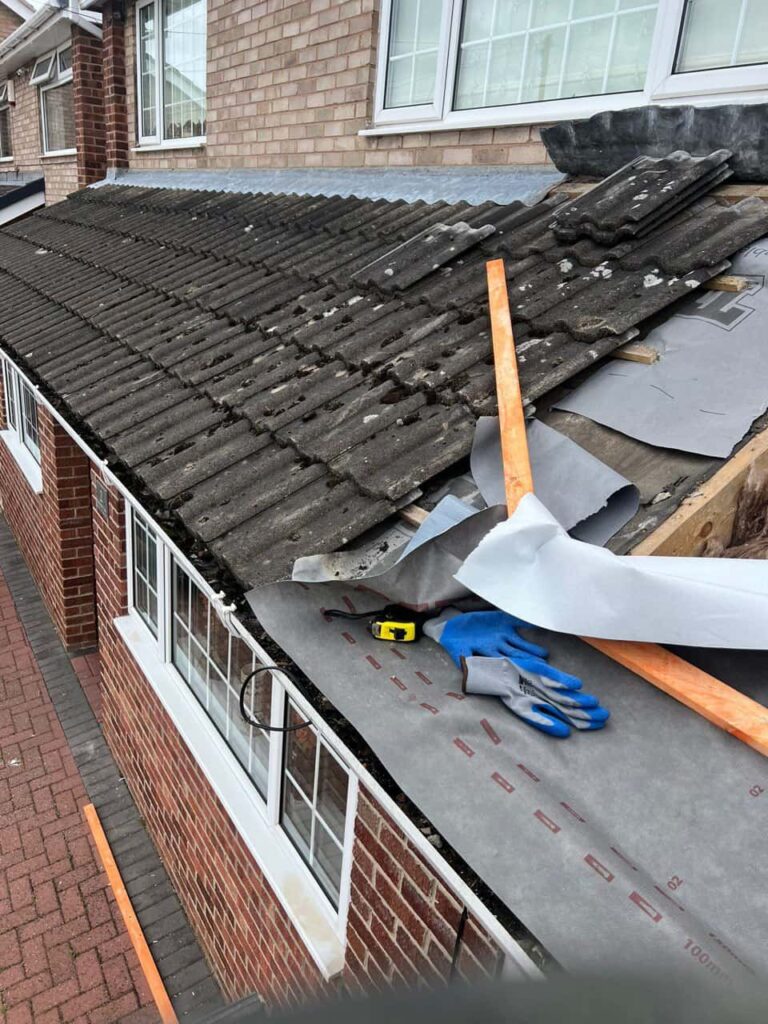Slate roofs are a hallmark of quality and craftsmanship, known for their durability and timeless appearance. However, even the most resilient materials eventually show signs of ageing or wear. For homeowners in Halesowen, recognising the early indicators of slate deterioration can prevent costly structural damage and maintain the integrity of your home. Halesowen Roofing Repairs outlines the key signs that suggest your roof slates may be failing and explains why prompt attention is essential.
Understanding the Nature of Slate Roofs
Slate is a natural stone, prized for its ability to withstand harsh weather conditions and maintain its beauty for decades. Yet, over time, exposure to fluctuating temperatures, heavy rain, frost, and wind can affect its performance. Unlike man-made materials, slate doesn’t rust or rot, but it can crack, slip, or lose its secure fixings. Regular inspection helps ensure that minor issues are dealt with before they develop into larger problems.
Key Signs Your Slates May Be Failing
1. Cracked or Broken Slates
Cracking is one of the earliest and most common indicators of slate roof failure. Small fractures can appear due to impact from debris, thermal expansion, or simple ageing. These cracks allow moisture to seep through, leading to damp patches in the roof space and, over time, internal leaks. A cracked slate might look harmless at first glance but can quickly worsen during freezing conditions when water expands inside the fissures.
2. Slipped or Missing Slates
Slipped slates are an unmistakable sign that your roof requires professional attention. This issue typically arises when the nails or fixings that hold the slate in place deteriorate—a problem often referred to as “nail sickness.” When one or more slates slip or go missing, the underlay becomes exposed to rain and wind, leading to water ingress and damage to the timber beneath. Halesowen Roofing Repairs frequently encounters this issue, especially on older roofs where metal fixings have begun to corrode.
3. Discolouration or Water Stains
Dark streaks, rust marks, or damp patches on the surface of the roof may indicate moisture accumulation beneath the slates. This discolouration suggests that water is penetrating the layers, either through cracked slates, porous material, or failing flashing. Over time, trapped moisture can lead to rot, moss growth, and internal damp problems.
4. Moss or Algae Growth
While a small amount of moss may seem harmless, excessive growth can retain moisture against the slates, speeding up their deterioration. In addition, moss can force slates apart and compromise their alignment. If you notice significant vegetation forming on your roof, it’s a warning that your roof surface isn’t draining water effectively.
5. Loose or Damaged Flashings
Lead or metal flashings are installed around chimneys, valleys, and roof joints to prevent water ingress. When these start to lift or deteriorate, water can enter the roof space and cause the surrounding slates to loosen or weaken. Failing flashings often accompany slate damage and should always be checked during roof inspections.
6. Interior Damp or Ceiling Stains
Sometimes the first signs of slate failure appear inside your home. Damp patches, peeling paint, or mould growth on ceilings or walls often point to a problem with the roof covering. Even a single cracked or missing slate can allow enough moisture through to cause visible damage indoors.
How to Safely Inspect Your Slate Roof
Regular visual checks can help you identify potential issues early, but safety should always come first. For homeowners in Halesowen, the best approach is to start with a ground-level inspection or look from an upper window. You can check for:
- Uneven or misaligned slates
- Gaps where tiles are missing
- Water staining or discolouration
- Moss or debris accumulation
Avoid climbing onto the roof yourself, as slate surfaces can be extremely slippery and fragile. Instead, arrange a professional inspection from Halesowen Roofing Repairs, where trained experts can safely access and assess the full condition of your roof.
Preventing Further Damage
Once failing slates are identified, it’s important to address the issue quickly. Replacing individual slates or refixing loose sections prevents water penetration and helps maintain the strength of the roof structure. Regular maintenance, cleaning of gutters, and ensuring adequate ventilation will all contribute to extending the life of your slate roof.
Why Professional Expertise Matters
While slate roofs are known for their longevity, they require specialist knowledge for proper maintenance and repair. Incorrect handling or unsuitable replacement materials can lead to further complications. Halesowen Roofing Repairs provides professional inspections and repairs, using appropriate techniques to preserve both the function and appearance of traditional slate roofs throughout the West Midlands.
Conclusion
Identifying failing slates early is crucial for preventing serious roof damage and maintaining the long-term value of your property. Cracked, slipped, or discoloured slates are all warning signs that your roof needs attention. With expert guidance from Halesowen Roofing Repairs, you can ensure your roof remains watertight, visually appealing, and structurally sound—protecting your home from the unpredictable British weather for years to come.
Call us on: 0121 312 1695
Click here to find out more about Halesowen Roofing Repairs
Click here to complete our contact form and see how we can help with your roofing needs.

